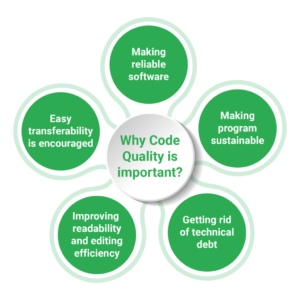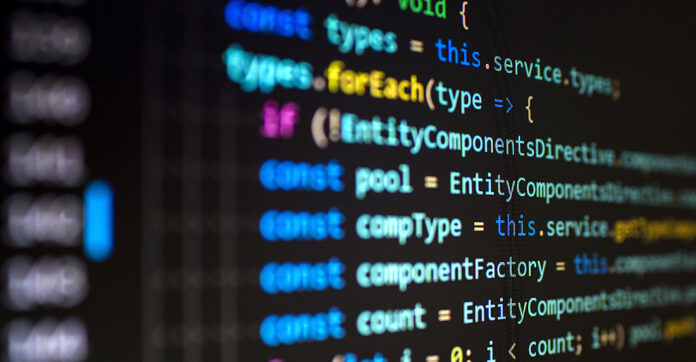What is code readability?
Code readability is about presenting your logic and intention in a clear and consistent manner, not merely about adhering to a style or convention. Code readability is influenced by a number of elements, including the selection and labelling of variables, functions, classes, and modules; the arrangement and structure of code blocks, loops, conditions, and comments; the use of punctuation, whitespace, and formatting; and the observance of the concepts of simplicity, modularity, and abstraction. Although subjective, code readability can be assessed using a set of standard criteria. One should inquire about the following aspects of the code: is it easy to scan, understand, and debug; does it adhere to the project’s and the programming language’s established standards and guidelines; is it consistent with the rest of the codebase and documentation; and is it reusable and maintainable for future changes and enhancements?
Why does code readability matter?
Code readability is crucial since it affects development teams’ cooperation as well as the functionality, performance, and quality of programs. Code readability has several advantages, such as lowering the likelihood of mistakes, defects, and vulnerabilities; increasing development pace; improving program maintainability and scalability; and encouraging developer cooperation and communication. It is easier to test, debug, secure, read, alter, extend, update, rework, optimize, share, review, and describe code that is readable.
How to measure code readability?

Numerous quantitative and qualitative techniques, including code metrics, code reviews, and code surveys, can be used to assess the readability of a piece of code. Code metrics are quantitative measures of coupling, complexity, and nesting level that indicate the quality of a piece of code. Peer assessments, or code reviews, entail examining and discussing the code generated by other developers. Code surveys are feedback sessions designed to evaluate the code’s functionality, readability, and usability. You have the option to use online tools and plugins that work with your IDE or editor, or you may perform all of these tasks manually. These technologies can be used to detect and resolve problems, enhance abilities, uphold standards, and evaluate the answers.
How to improve code readability?
By adhering to certain best practices and guidelines—such as choosing meaningful and consistent names for variables, functions, classes, and modules—code readability can be increased. It’s also crucial to properly and clearly arrange code blocks, loops, conditions, and comments. Using straightforward, abstract, modular code that stays clear of duplication, complication, and confusion is also advantageous. This might be aided by dividing code into smaller, reusable pieces that carry out particular functions. Furthermore, it is imperative that you adhere to the conventions and specifications of your programming language and project. It’s also advised to use tools and plugins to verify and enforce code quality, syntax, and style. Lastly, choices about how to code should be guided by examples and documentation.
What are some tools and resources for code readability?
By using tools and resources that help in writing, checking, and improving code, it is feasible to increase code readability. Features like syntax highlighting, auto-completion, code formatting, code analysis, and refactoring are available in code editors and IDEs such as Visual Studio Code, PyCharm, Sublime Text, and Atom. Code can also be analysed and formatted in accordance with project and programming language standards using code linters and formatters such as Beautify, Prettier, Black, and Flake8. Lastly, tools for measuring and evaluating code quality and readability based on metrics and criteria include Codebeat, SonarQube, Code Climate, and Codacy.






